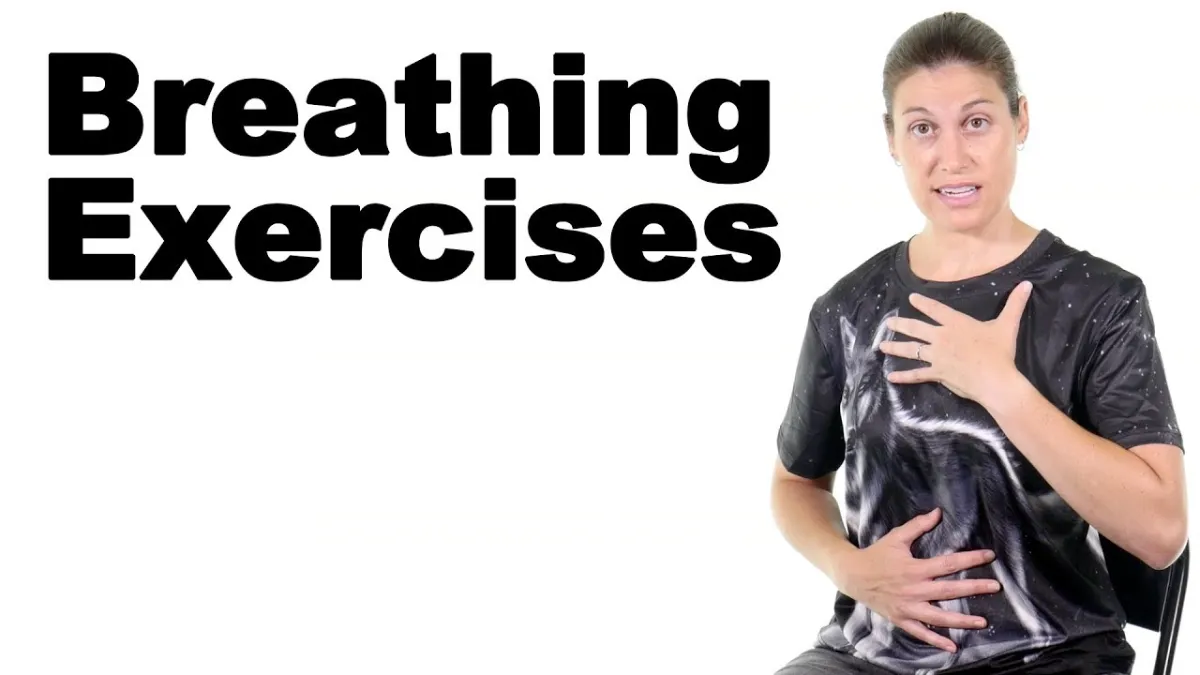For people with asthma, breathing can sometimes feel like a challenge. While medications like inhalers help open up the airways, breathing exercises can also be a helpful addition to your treatment plan. These exercises may improve your breathing and quality of life.
Here are six breathing exercises that might help with asthma symptoms.
1. Diaphragmatic Breathing
Diaphragmatic breathing helps you breathe from your diaphragm (the muscle below your lungs) instead of your chest. This can strengthen your diaphragm, slow your breathing, and reduce your body’s need for oxygen.
How to do it:
- Lie on your back with your knees bent and a pillow under your knees, or sit up straight in a chair.
- Place one hand on your chest and the other on your stomach.
- Breathe in slowly through your nose. The hand on your stomach should move, while the one on your chest stays still.
- Breathe out slowly through pursed lips.
- Practice until you can breathe without your chest moving.
2. Nasal Breathing
Breathing through your nose instead of your mouth can help reduce asthma symptoms. Nasal breathing adds warmth and humidity to the air, which can make breathing easier.
3. The Papworth Method
The Papworth method combines breathing techniques with relaxation training. It teaches you to breathe slowly and steadily from your diaphragm and through your nose. It also helps you manage stress, which can improve asthma symptoms and quality of life.
4. Buteyko Breathing
Buteyko breathing focuses on slowing down your breathing. People with asthma often breathe too quickly, which can worsen symptoms like shortness of breath.
How it helps:
- May reduce asthma symptoms.
- May decrease the need for medication.
- Does not improve lung function.
5. Pursed Lip Breathing
Pursed lip breathing can help relieve shortness of breath.
How to do it:
- Breathe in slowly through your nose with your mouth closed.
- Purse your lips as if you’re about to whistle.
- Breathe out slowly through your pursed lips to a count of four.
6. Yoga Breathing
Yoga combines movement with deep, controlled breathing. Some studies suggest that yoga breathing can improve asthma symptoms and lung function.
Should You Try Breathing Exercises?
Breathing exercises can help you gain more control over your asthma symptoms and may reduce your need for medication. However, they should not replace your asthma treatment.
Before You Start:
- Talk to your doctor to make sure these exercises are safe for you.
- Ask for a referral to a respiratory therapist who can teach you how to do these exercises correctly.
Key Takeaways
- Breathing exercises like diaphragmatic breathing, nasal breathing, and pursed lip breathing can help manage asthma symptoms.
- Techniques like the Papworth method and Buteyko breathing focus on slow, controlled breathing.
- Yoga breathing combines movement with deep breathing for added benefits.
- Always consult your doctor before starting any new breathing exercises.
By adding breathing exercises to your asthma management plan, you may find it easier to breathe and improve your overall quality of life.

